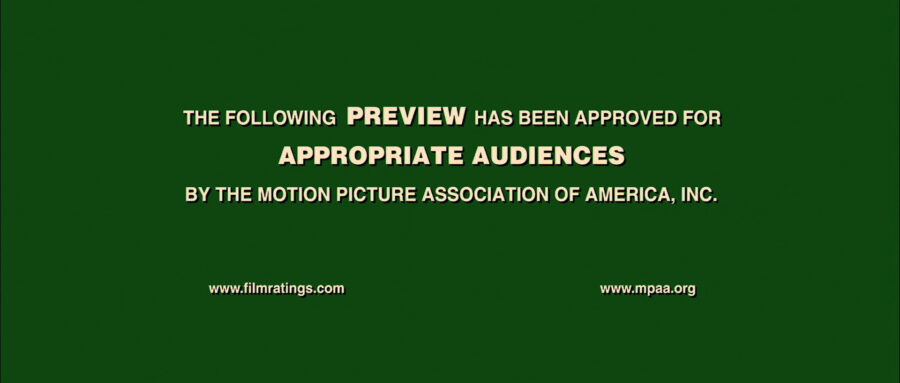Last weekend, my wife and I went to see Boyhood, a phenomenal film by Richard Linklater about a boy, Mason, growing up. The beauty and magic of the film is that it was shot over the course of 12 years, with the actors aging as the story progresses. No aging make up necessary. No change of actors for flashbacks or flash forwards. Simply, it is a story of one boy’s life that meanders through moments, important and insignificant. There’s no tragedy or conflict that drives the plot, though there are moments of tragedy and conflict. Mason is not trying to overcome an obstacle or discover something about himself or the world. He’s just a boy who is growing up. There are numerous shots in the film that don’t serve any point in advancing the “story” other than to show moments in Mason’s life. Not only was it a unique movie experience because of the aging of the actors, it is also unique in its storytelling.
One thing that struck me during the film is how the audience reacted to different scenes or situations. There was one scene where Mason was hanging out in an abandoned house with some friends, breaking pieces of wood and throwing circular saws into drywall. While Mason and his friends were being destructive, the audience was audibly inhaling and wincing, expecting some accident to happen. Nothing happened. In another scene, Mason was shown a picture on a phone while he was driving. The shot of the phone lingered for 3-4 seconds. In that short time, the audience groaned, expecting a car crash. Again, nothing happened.
In the lack of a strong, driving narrative, it seemed the audience, myself included, kept expecting something to happen that might add a sense of urgency to the story. We kept anticipating more to happen – it was as if the current story couldn’t be all that the movie would offer. There had to be more.
In reflecting on this experience, I realized how we are shaped and formed, not only by the content in movies, but also by the storytelling. As the saying goes – one that I’m fond of repeating – the medium is the message.
When we always watch movies that portray a lone individual who must stand up to an evil or dangerous force with violent means because no one else will, we begin to live out that story ourselves. We begin to think that maybe violence is the only solution for solving difficult problems. When we watch movies where the male and female lead’s friendship always results in a sexual relationship, we then lose the ability to imagine friendships with the opposite sex. We expect that if a guy and girl are spending their free time with each other, they must be sleeping together. When we watch films of a person’s need to break free from any ruling authorities to “discover” or “find” themselves, we become suspicious of anyone who suggests “this is the way you ought to live.” We hold freedom and autonomy as the highest virtues instead of commitment and solidarity.
When we judge movies solely on, “Is it rated PG-13 or R?” we’re missing the point! Yes, judging whether content is appropriate or not is important. The things we see cannot be unseen. But it’s not just about content. We need to be mindful of the stories we are consuming. As the saying goes, you are what you eat. If we keep eating stories of a certain type or trope, we will begin to live those stories. The question I’m beginning to ask myself is this -“What are the stories I’m consuming? Are these stories helping me further live into God’s story? Or are they competing narratives that point me in different directions than the one that God has set in Christ?”
My hope is that God’s people, the church, can have an expanded vision of media and stories that doesn’t fixate solely on content, but is aware of the narratives we’re consuming.





1 Comment
Leave your reply.